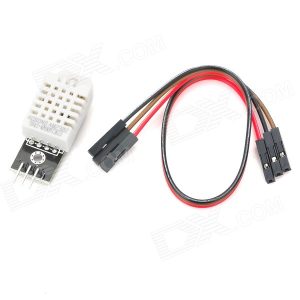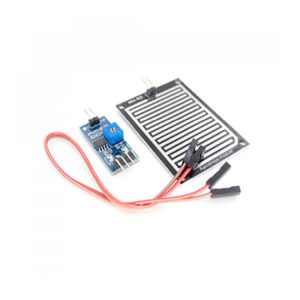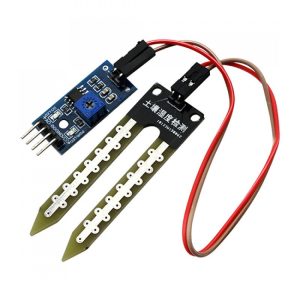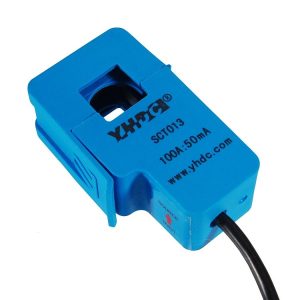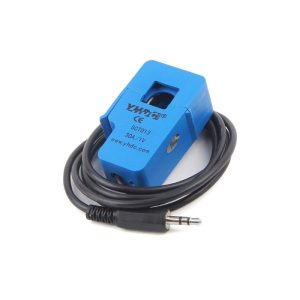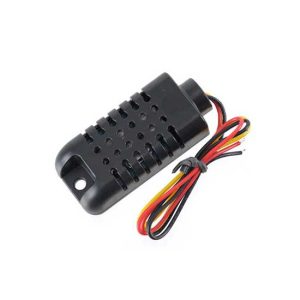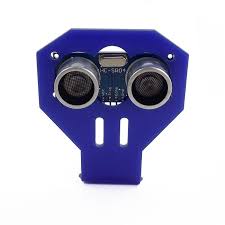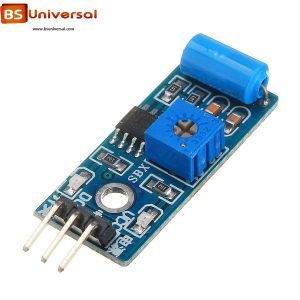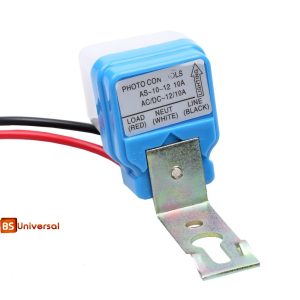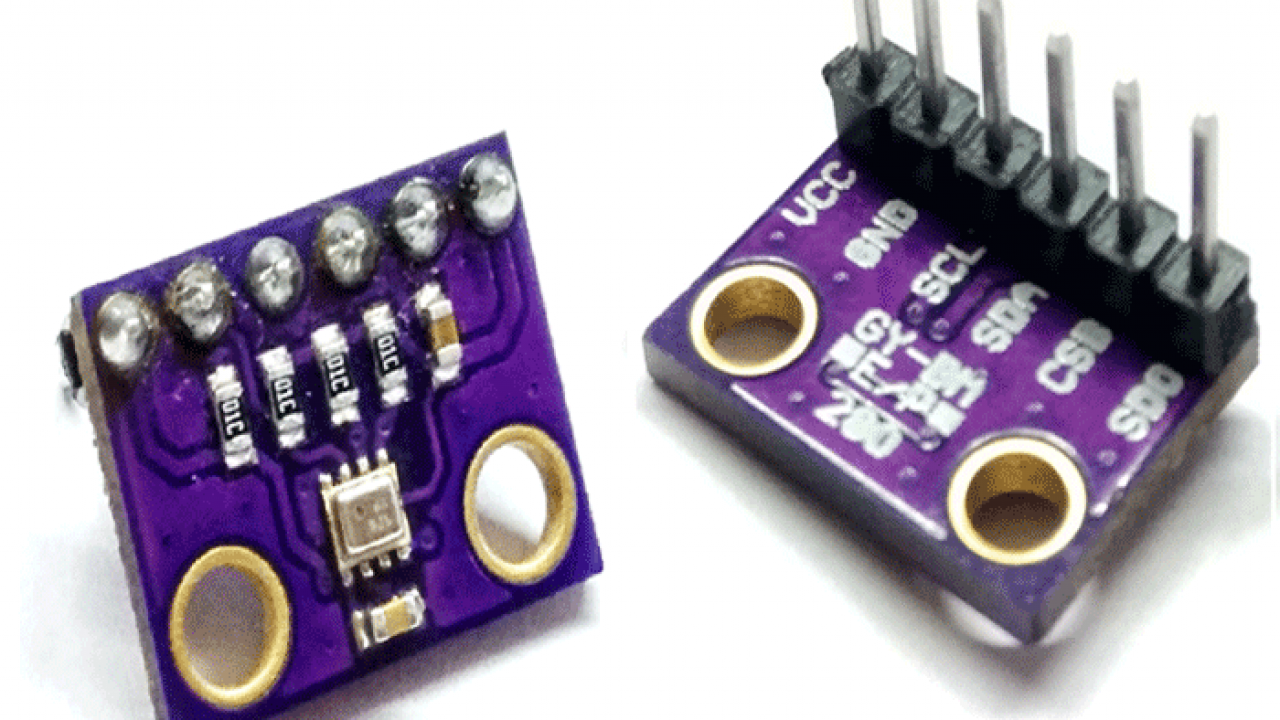
₨320.00
BMP280 is a high precision sensor module that measures the atmospheric pressure and temperature in air. Not only this, but it can also measure humidity in the air. This six-pin module supports both SPI and I2C interfaces. It uses a BMP280 barometric pressure sensor. These sensors are pre-calibrated, unlike other sensors. Therefore, they start measuring temperature, pressure, and humidity instantly after powering them. You don’t need extra components for its calibration or operation.
BMP280 Pinout
Pin Description
Features
Where to use it?
As already mentioned in the features section, this module consists of both IC and SPI. Due to this feature, you can interface or connect this sensor with Arduino and any other micro controller using either I2C or SPI interface. It is used in weather sensing applications. This low-cost sensor provides precise values of barometric pressure and temperature with ±1 hPa and ±1.0°C accuracy. As it can measure pressure which changes with altitude, therefore, it can also measure altitude. You can use the BMP280 module as an altimeter also which gives readings with an accuracy of ±1 meter.
How to use BMP280?
Connect the power supply pins Vcc and GND to 3.3 volts and ground of a circuit. Now, you need to select the digital interface. For I²C, connect chip select pin (CSB) to Vcc otherwise connect it to the ground or leave it unconnected. Set the I²C address. If you want to set 0x77 address, connect the SDO pin to Vcc. To set 0x76 address, leave the pin unconnected. This module does not contain any onboard voltage regulator or a level shifter. Therefore, for connecting it to devices whose operating voltage is 5V or any voltage other than 3.3V, you need a level shifter and voltage regulator.
Interfacing With Arduino
We have used a 2N7000 bidirectional level shifter module for connecting the 3.3V module to a 5V Arduino. This transistor is performing a function of level shifting. It performs a bidirectional conversion of 3.3V logic of sensor module to 5V and 5V logic of Arduino to 3.3V. Connect the Vcc pin of a module with a 3.3V pin or Arduino.
I²C Interfacing
For I²C interfacing, connect
SPI Interfacing
For SDO and SCL pin use level shifter circuit or any other module performing conversion between the two voltages. Power the module from 3.3 V pin of Arduino.
Connect the sensor to the SPI pins on the ICSP header of Arduino as follows:
Connections for pin 1 and 2 are the same.
| Weight | 0.1 kg |
|---|
